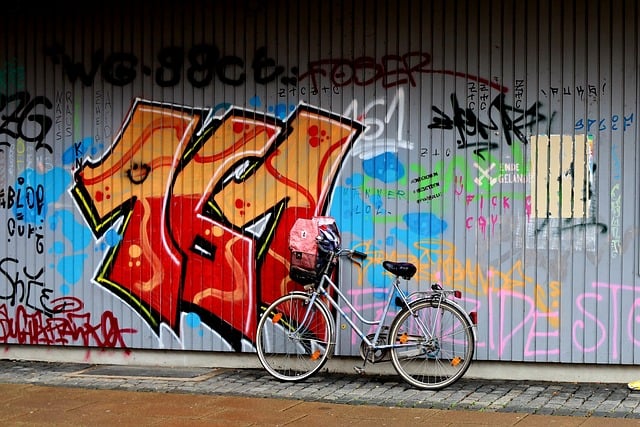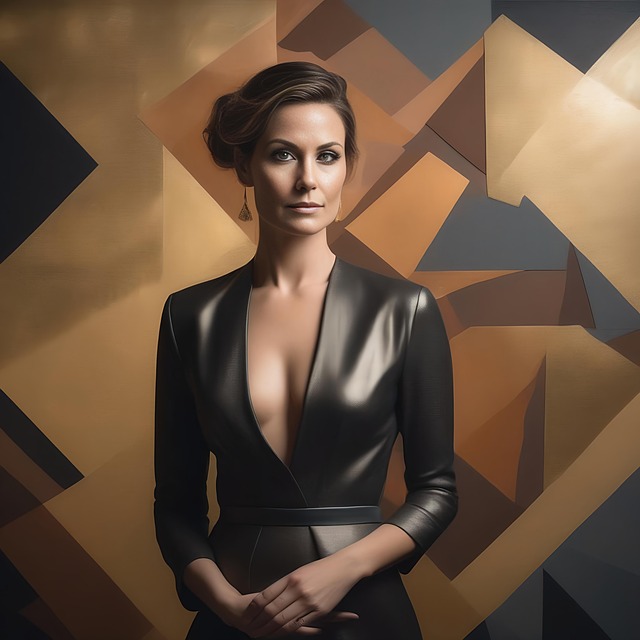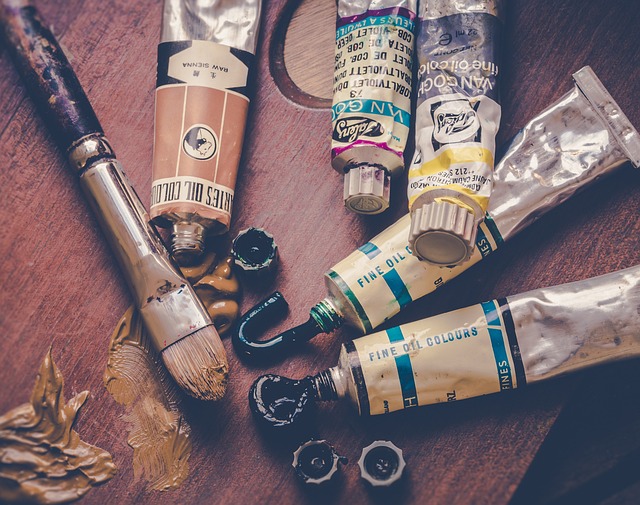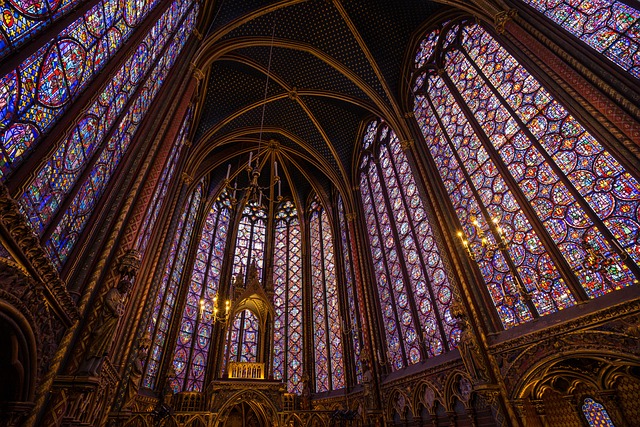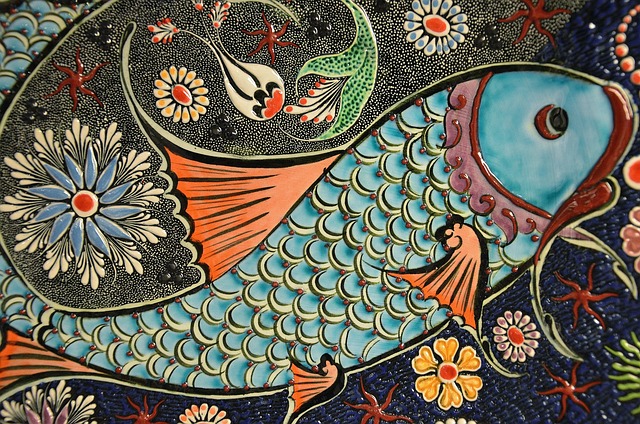# AI Art Revolution: How Machine Learning is Transforming the World of Visual Expression
The advent of artificial intelligence (AI) has sparked a profound transformation across various sectors, and the realm of visual arts is no exception. As machine learning algorithms evolve and become more sophisticated, they are reshaping not only how art is created but also how it is perceived and valued. This article delves into the multifaceted impact of AI on artistic expression, exploring the innovative techniques it employs, the philosophical implications it raises, and the future possibilities it heralds for artists and audiences alike.
## The Techniques Behind AI Art
Machine learning, particularly through neural networks, has given rise to a new genre of artistic creation. Generative Adversarial Networks (GANs) are among the most notable technologies that have emerged in this context. These networks consist of two components: a generator that creates images and a discriminator that evaluates them. By iterating through countless cycles of creation and critique, GANs can produce artwork that is often indistinguishable from that created by human hands.
In addition to GANs, other machine learning techniques such as style transfer have gained traction. This approach allows artists to apply the stylistic elements of one image to another, effectively blending the content of one piece with the aesthetic of another. Such capabilities enable artists to experiment with unprecedented combinations, pushing the boundaries of traditional art forms. Moreover, platforms like DeepArt and Runway ML have made these advanced techniques accessible to a broader audience, democratizing the process of art creation.
Emerging tools and software are not just for professional artists; they are also empowering amateurs and hobbyists to explore their creative potential. Applications that utilize AI to assist in drawing, painting, and designing are becoming increasingly popular. By providing suggestions or generating base images, these tools can inspire users and help them overcome creative blocks. Consequently, the line between artist and audience is blurring, as more individuals engage with the artistic process through AI.
## Philosophical Implications of AI in Art
The integration of AI into the art world raises profound philosophical questions about authorship, creativity, and the essence of art itself. Traditionally, art has been viewed as a deeply human endeavor, rooted in individual expression and experience. However, as machines begin to create art, one must consider whether such creations can possess the same value or meaning as those crafted by human hands.
Critics argue that AI-generated art lacks the emotional depth and intentionality that characterize human-made works. They contend that art is not merely about aesthetics but also about the narrative and context behind its creation. In contrast, proponents of AI art suggest that the technology can serve as a tool that enhances human creativity rather than replacing it. By collaborating with machines, artists can explore new avenues of expression and generate ideas that may not have been possible through traditional methods.
Furthermore, the question of ownership and copyright emerges in this new landscape. If a machine generates a piece of art, who holds the rights to that work? Is it the programmer who designed the algorithm, the user who input the parameters, or the machine itself? These questions are prompting legal and ethical discussions that will shape the future of art in the age of AI. As the art market grapples with these complexities, it becomes clear that the implications of AI extend far beyond the canvas.
## The Future of AI and Visual Expression
Looking ahead, the potential for AI to influence the world of visual expression is vast. As technology continues to advance, we can expect even more sophisticated tools that will allow for greater creativity and innovation. For instance, the development of AI that can learn from an artist’s unique style and preferences could lead to personalized art creation experiences. Such advancements would enable artists to collaborate with AI in real-time, fostering a dynamic interplay between human intuition and machine precision.
Moreover, AI’s role in art curation and recommendation systems is poised to revolutionize how audiences discover and engage with art. Algorithms that analyze user preferences and trends can provide tailored recommendations, making it easier for individuals to find artworks that resonate with them. This personalized approach could lead to a more vibrant art community, where diverse voices and perspectives are amplified.
The intersection of AI and art also presents opportunities for social commentary and activism. Artists are increasingly using AI to address pressing issues such as climate change, inequality, and social justice. By harnessing the power of machine learning, creators can produce compelling visual narratives that provoke thought and inspire action. In this way, AI becomes not just a tool for creation but also a catalyst for change.
In conclusion, the AI art revolution is reshaping the landscape of visual expression in profound ways. Through innovative techniques and collaborative possibilities, machine learning is empowering artists while challenging traditional notions of creativity and authorship. As we navigate this new frontier, it is essential to engage in thoughtful discussions about the implications of AI in art, ensuring that the technology serves to enhance, rather than diminish, the human experience of creativity. The future of art is not just about machines; it is about the synergy between human imagination and artificial intelligence, paving the way for a new era of artistic exploration.







